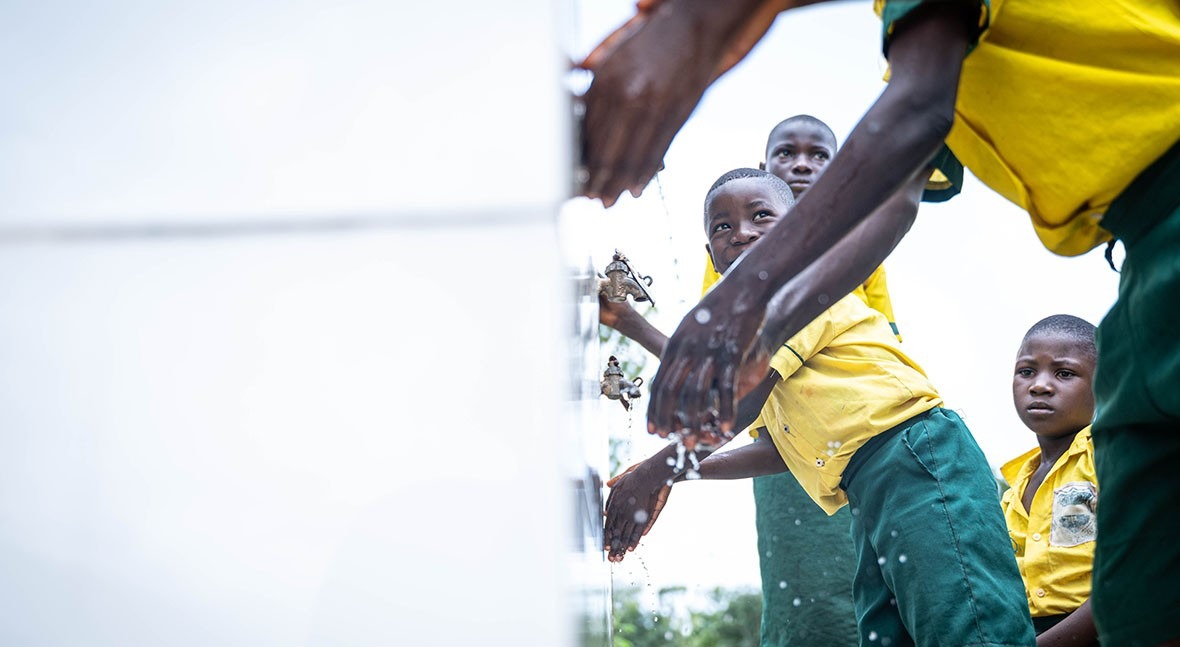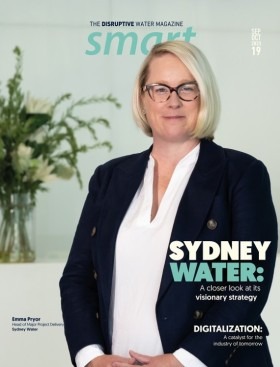UN 2023 SDG assessment calls for a renewed commitment to Agenda 2030

Last summer the UN released The Sustainable Development Goals Report 2023: Special Edition, the official report that monitors global progress on the 2030 Agenda for Sustainable Development, with the latest available data and estimates, highlighting where acceleration is needed.
“The SDGs are the universally-agreed road map to bridge economic and geopolitical divides, restore trust and rebuild solidarity”, reminds us António Guterres, Secretary-General of the United Nations, in his foreword to the SDG Report 2023. Furthermore, he cautions that failing to make progress will affect us all: “No country can afford to see the 2030 Agenda fail”, and calls for a deep reform of the international financial architecture.
It is in this context that we take a look at the report’s findings for Sustainable Development Goal 6, clean water and sanitation for all. It does not come as a surprise that, despite progress, billions of people still lack access to safe drinking water, sanitation and hygiene. And universal coverage will not be achieved by 2030 unless there is a steep increase in the rate of progress: sixfold for drinking water, fivefold for sanitation and threefold for hygiene. While the proportion of the global population with access to drinking water, sanitation and hygiene has increased between 2015 and 2022, these improvements in access happened in rural settings, while in urban areas, access remained largely unchanged or decreased. This points to a trend where services cannot keep pace with population growth in urban areas.
Universal water services coverage will not be achieved by 2030 unless there is a steep increase in the rate of progress
If we look at water quality and the proportion of wastewater that undergoes treatment, we see limited progress. About 58 per cent of domestic wastewater was safely treated in 2022, but there are important gaps in data. In terms of water quality data from water bodies, 97 countries reported that 60 per cent of assessed water bodies showed good ambient water quality, and 44 per cent of countries with robust monitoring systems reported improvements, but overall lack of monitoring data is a significant problem both for surface and for groundwater bodies.
There have been improvements in water use efficiency of 9 per cent worldwide; this indicator tracks the value added in US dollars per volume of water used in cubic metres by a given economic activity over time, and thus allows countries to assess to what extent their economic growth depends on the use of their water resources. The greatest increase in water-use efficiency (20 per cent from 2015) was experienced by the agriculture sector, and further improvements will require more efficient irrigation, tackling leakages in distribution networks and optimizing industrial processes.

Rising water stress, which accounts for all freshwater withdrawals relative to total freshwater resources, is high in parts of the world. About 2.4 billion people lived in water-stressed countries in 2020, and the situation is particularly concerning in Western Asia and Northern Africa. The challenges of water stress are compounded by conflicts and climate change.
Integrated management of water resources across sectors is critical to achieving water-related targets under most of the other SDGs. Moreover, there are increased calls to recognize the links between water and climate, to build climate resilience. There has been global progress on integrated water resource management between 2017 and 2020: 44 countries are close to the target and 22 countries have proved that real and rapid progress is possible. However, the average rate of implementation is insufficient to meet the target and acceleration is urgently needed in South and Central America, the Caribbean, Oceania, South and Central Asia, and Central and West Africa. Concerning transboundary cooperation, much remains to be done to ensure shared water bodies are covered by operational arrangements by 2030. The incorporation of transboundary aquifers into these basin arrangements is a particular challenge, and groundwater provides almost 50 per cent of all drinking water, 40 per cent of water for agriculture, and about a third of the water for industry.
The SDG Report 2023 report highlights a decline in the amount of water- and sanitation-related official development assistance
Concerning the protection and restoration of water-related ecosystems, the report warns that the extent of surface water bodies is changing rapidly, and one in five river basins has experienced above-natural fluctuations in surface water over the past five years. Most worrisome is the disappearance of wetland ecosystems, which have suffered an 85 per cent loss in the past three centuries, mostly due to drainage and land conversion. Unsustainable use and inappropriate management of wetlands results in loss of ecosystem services such as protecting water quality and preventing flooding, and wetlands also have an important role in climate mitigation as carbon sinks.
Lastly, the report highlights a decline in the amount of water- and sanitation-related official development assistance (ODA), which went down by 15 per cent, from US$9.6 billion to US$8.1 billion between 2015 and 2021. ODA commitments have also decreased every year after peaking at US$13.5 billion in 2017. This was partly a result of the COVID-19 pandemic, when there were changes in the prioritization of sectors. Furthermore, only 29 per cent of countries reported a high alignment between donor funds and national water sector plans in 2021.
The UN report identifies some key strategies to get Goal 6 back on track: increasing sector-wide investment and capacity-building, promoting innovation and evidence-based action, enhancing cross-sectoral coordination and cooperation among all stakeholders, and adopting a more integrated and holistic approach to water management. The reality check on progress on the 2030 Agenda shows significant challenges across the 17 Sustainable Development Goals, with moderate or significant deviations from the desired trajectory. This 2023 assessment calls for accelerated efforts and renewed commitment from Heads of State and Government, while recognising that data demand for the 2020 Agenda has led to significant strides in data accessibility and effective use.



